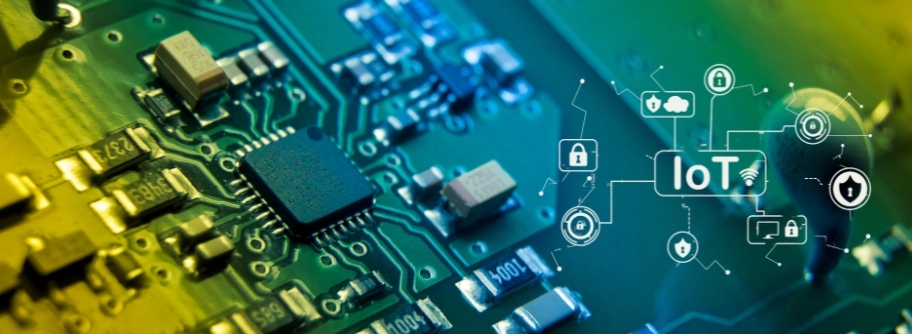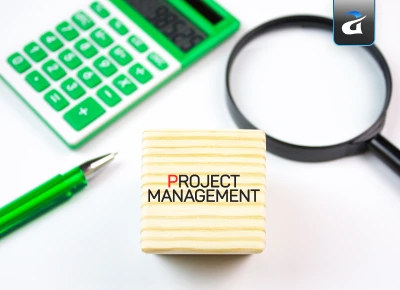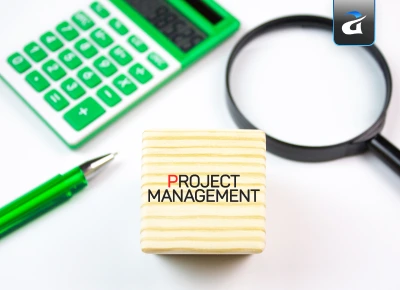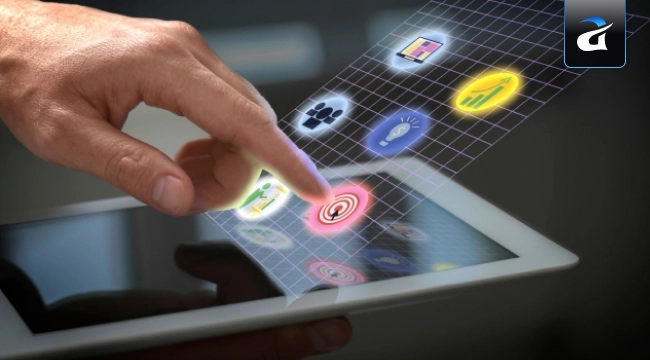However, it is also important that we understand the fundamental elements of IoT systems, which require analysis of IoT system architecture and also understand why IoT system design plays a crucial role.

Understanding the Components of IoT
All IoT solutions which include health trackers and factory automation systems depend on physical devices and data processing systems and secure communication networks. So, you see, this makes it easy for the system to enable machines to detect information and process data and execute actions independently from human supervision.IoT Sensors and Actuators
Did you know? The environment generates data which IoT sensors detect through their ability to measure temperature, motion, humidity, pressure, and light and other parameters.Actuators execute commands to perform specific actions which include motor activation and door unlocking and light control.
The combination of IoT sensors and actuators serves as the primary component for any smart system implementation.
Embedded Systems in IoT
The processing of sensor data occurs through embedded systems which include microcontrollers and System-On-Chip (SOC) devices.The embedded systems within IoT systems execute local computations and operate firmware while transmitting data to cloud infrastructure.
The list includes Arduino, ESP32, and Raspberry Pi boards as examples.
Connectivity Layer
The operation of devices requires them to establish communication links. The IoT network operates through various wireless standards including Wi-Fi, Bluetooth, NFC, Zigbee, 5G, LoRaWAN, and Ethernet based on distance requirements and power consumption needs.The communication layer enables data transfer between devices and gateways and cloud servers.
Cloud and Data Processing
The cloud system receives data which gets stored and analyzed and presented through visualization tools.Cloud platforms including AWS IoT and Azure IoT Hub and Google Cloud transform unprocessed data into useful information.
If you are wondering where its intelligence comes from, it basically comes from machine learning algorithms.
The system enables both automation and machine intelligence operations.
IoT API and Applications
Applications transform IoT data into user-friendly dashboards and controls for users.The IoT API enables different services and applications, and devices to establish communication links between them.
Users can access home security system data through their mobile devices while simultaneously controlling their smart thermostats.
IoT Security Components
The operation of IoT systems requires absolute security measures.The main security elements for IoT systems consist of:
- Device authentication.
- Secure communication.
- Network monitoring.
- Firmware protection.
- IoT encryption to protect data.
IoT System Architecture
You may ask, what is IoT made of? This is what the standard structure of an IoT includes:- Sensors & actuators.
- Connectivity.
- Data processing.
- User applications.
IoT System Design: Why It Matters
A strong IoT system design focuses on scalability, security, low power consumption, and seamless communication. Good design ensures devices work reliably whether you have 10 connections or 1 million.Real-World IoT Examples
Smart Homes
The Internet of Things enables homes to become smart through connected lighting systems and security cameras and thermostats and locks and appliances. Users can operate all devices through their smartphones or by speaking to voice assistants, which enhances their comfort level and safety and reduces their energy consumption.Smart Cities
Public infrastructure management in cities depends on IoT systems which operate their systems. The traffic management system adjusts signal timing based on traffic volume while smart streetlights optimize their power usage, and waste bins trigger alerts when they require collection. The system decreases traffic delays while conserving resources and enhances urban management operations.Healthcare
Medical devices including wearable technology and heart monitors and connected medical equipment track patient information which doctors and cloud-based systems receive. The system enables doctors to track patients remotely while helping them detect health issues early and respond quickly to emergencies.Industrial IoT
Industrial facilities implement IoT sensors and machines to achieve automation and perform quality checks and schedule equipment maintenance. The systems detect equipment issues before failures occur which results in shorter production stoppages and enhanced workplace safety.Nowadays, most IoT systems use AI agents to make predictions too!
Agriculture
IoT has become very important in agriculture too as it allows farmers to monitor crop health and keenly keeps track of soil moisture and keeps checking on weather. Plus, the system lets farmers apply water only when needed, which helps them save water resources and reduce costs while producing better crop results.There you go! These were the basic components of an IoT system. IoT has become a source of utter convenience for us these days. This has happened because of the sensors, actuators, embedded systems, and more crucial components that have made up IoT.
In our last article, we explored the history and evolution of IoT — from its early beginnings to the intelligent, connected systems we rely on today. If you missed that post, you can read it here: History and Evolution of IoT
Want the best IoT solutions? Contact us.
Frequently Asked Questions
What are the key components of an IoT system?
The main components of an IoT system are sensors and actuators, embedded systems, connectivity, cloud processing, applications, and security.
What are the 5 C’s of IoT?
First is connectivity which allows data to flow between devices. Secondly, we have continuity which allows devices to have a long life. Thirdly comes compliance where it is made sure that devices follow local and international rules. The fourth C is coexistence which solves the problem of billions of wireless devices working in the same airwaves without disturbing each other or causing signal problems. Last but not least, cybersecurity is; it protects devices against access which do not have authority.
What is the key to IoT?
I would say that the biggest key to IoT is reliable connectivity and communication between devices, cloud, and users because it is what makes it work without any disturbance in the first place.
What are IoT examples?
Smart homes, smart factories, connected medical devices, smart farming, autonomous cars, and wearable technology.
What are the 4 pillars of IoT?
Devices, connectivity networks, cloud platforms, and applications are the four pillars of IoT.



